Massage and cancer care… helping you to maintain and restore your wellbeing
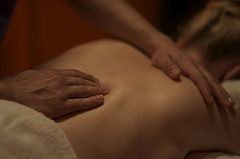
Image supplied by Nick Webb
The Many Applications…..Many regard massage as a wonderful therapy, a special treat, a pampering experience. But massage has many applications. We’ve all seen images of well built sportsmen being robustly pummeled by an equally well built masseur on a massage table. We know some people would melt at the thought of a spa treatment. We may even have heard of cultures where baby massage is seen as necessary as mothers’ milk, such as in parts of India. We may not be so familiar with massage being used to support treatments for cancer and other medical conditions. We may not realise the many benefits massage has to offer the older generation in supporting their general health and wellbeing. Many may not be aware of massage and complementary therapies being regularly used in palliative care.
Why you may wish to consider having Massage….Being diagnosed with cancer has to be one of the most traumatic moments of a person’s life. Accepting this diagnosis and dealing with surgery, chemotherapy or radiotherapy can be extremely stressful. When we add into the mix a lack of sleep, worry, anger and fear, it is not surprising your body may respond with tense muscles, sore joints, aches and general malaise.
During this time, life can often appear to revolve around hospital appointments, medical procedures, doctors and operations. Yet throughout all of this we may still be working and managing our day to day affairs.
There is no scientific evidence to show that massage can treat or cure cancer, but massage is commonly used to help people feel better and to reduce some of the symptoms of cancer and the side effects of treatment. Some people worry that having a massage when you have cancer may make the cancer cells travel to other parts of the body, but research has clearly shown this is not the case.
These days complementary therapies are often available to people undergoing chemotherapy in hospital. They can support patients by providing a soothing, relaxing treatment during a difficult time or, by working on particular areas, making it easier for doctors to locate a vein. A gentle foot or hand massage can help reduce tension, reassure an anxious patient, or even help lift the spirits of someone feeling a bit low.
Studies have shown that a diagnosis of cancer can make people feel ‘alienated’ from their bodies. Some may feel their body has failed them or that they have lost control of their body to the disease. They may not be willing to accept physical changes that occur during the course of their treatment. Many find it difficult to share their concerns with partners and family however much they would like to.
We may reach a point when we feel the need to rebuild our lives, to restore our sense of self. As with many types of complementary therapies, one of the main reasons that people with cancer use massage is because it helps them feel good, and is a way they feel they can help themselves. It is often promoted by such organisations as CancerResearch UK as a natural way to help you relax and cope with pain and anxiety. There is supporting evidence to show that massage can help lift your mood, improve your sleep and enhance your sense of wellbeing.
Many medical professionals now accept that massage has shown itself invaluable in helping people to:
- · Accept their body as it is,
- · Regain confidence in their body,
- · Become aware of their body in a positive way
The benefits include reducing levels of stress, improving self-esteem and soothing and alleviating pain.
Is it safe for me….That said it’s not safe for everyone to have a massage so always talk to your doctor before using any type of therapy, and always make sure your therapist is qualified to treat you. This is especially important if you are having cancer treatment, are very weak, or are suffering from bone fractures.
If you are having radiotherapy you should tell the therapist so she can avoid massaging the treated area. You should not have massage to any area of your body where the skin is broken, bleeding or bruised.
What is involved in having a massage…On your first visit for a massage, the therapist will ask you some general questions about your health, lifestyle and medical history. If they are concerned that massage may interfere with your health or any medication you are on, they may ask if they can contact your GP. This is just to check that your GP is happy for you to have massage. In general, it is rare that your doctor will say no. But there may be situations where your doctor/ consultant recommend that you don’t have a treatment.
Most massage sessions usually last an hour, but this will depend on you and your therapist. Your therapist might play some relaxing music during your massage, and they will ensure you’re comfortable and happy with the pressure being applied. It is important that you let your therapist know if you feel uncomfortable and want them to stop at any time.
You will be asked about any allergies or sensitivities and appropriate oils may be used to smooth, calm and moisturise the skin. The therapist will ensure that only the part of the body being worked on is exposed and that you are happy and comfortable with the treatment.
Written by Sandra Baker – Therapeutic Massage

For more information contact Sandra at info@sandrabaker.co.uk
Or to make a booking call Pure Body Balance Integrated Health Clinic on 01242 254662
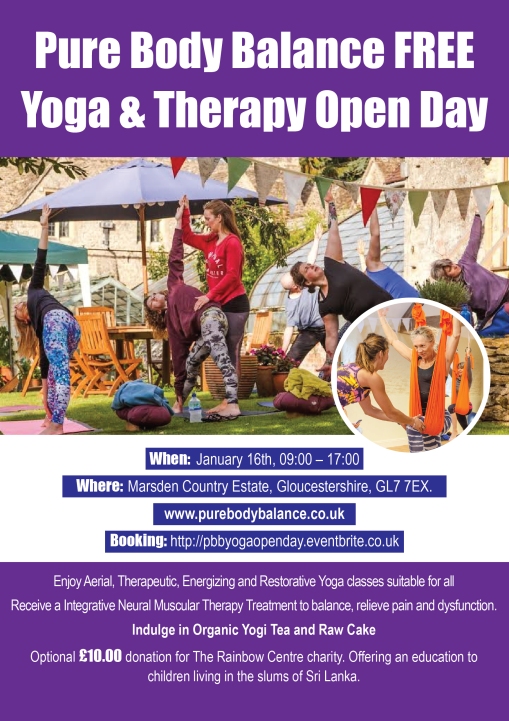


 Emma Nissim
Emma Nissim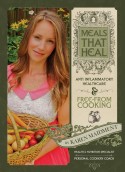 Meals That Heal
Meals That Heal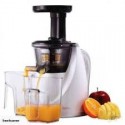 Optimum 600 Wide Mouth Juicer
Optimum 600 Wide Mouth Juicer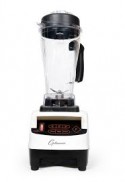 Optimum 9400 Blender
Optimum 9400 Blender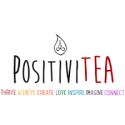 Positivitea
Positivitea